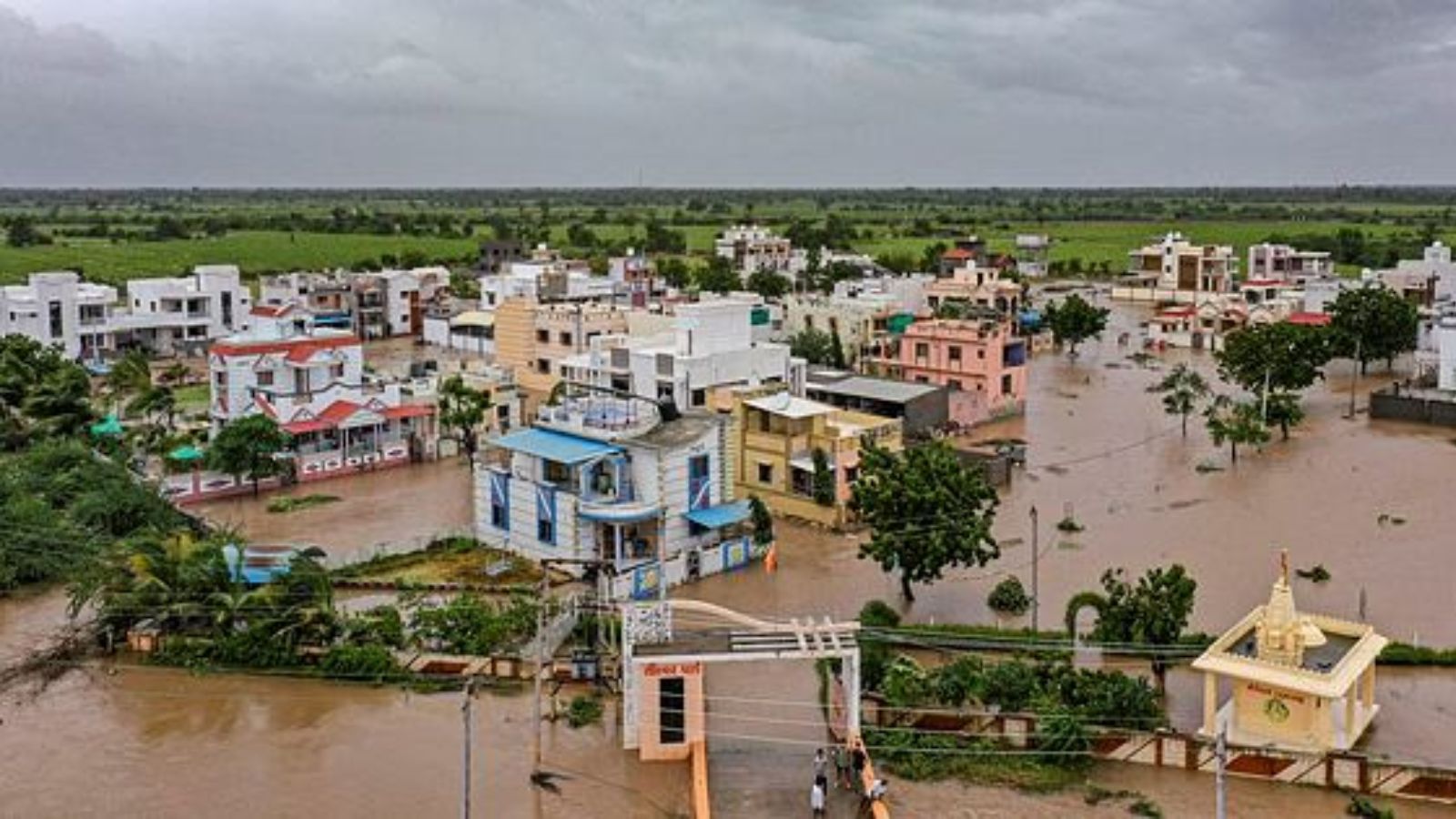 |
|
The article delves into the unusual weather patterns observed during August 2024, highlighting the rare formation of Cyclone Asna, a significant event during the monsoon season. The Indian Meteorological Department (IMD) attributes this development to a confluence of favorable weather conditions at local, regional, and global scales, which kept the southwest monsoon active for a considerable part of the month.
August witnessed a total of six low-pressure systems, with one intensifying into Cyclone Asna in the Arabian Sea on August 30th. The IMD classifies Cyclone Asna's formation during the monsoon month of August as a rare occurrence, citing that strong monsoon currents typically prevent the intensification of systems into cyclones during this period. Mrutyunjay Mohapatra, director general of the IMD, elaborates on the unique trajectory of Cyclone Asna, tracing its origin from the Bay of Bengal to its emergence as a cyclone in the Arabian Sea, a route similar to the cyclone of 1976.
The frequent low-pressure systems had a significant impact on rainfall distribution across the country, leading to 16.5 low-pressure-affected days in August. This resulted in a surplus of 15.3% in all-India rainfall for August, marking the second-highest August rainfall since 2019. The cumulative rainfall for the three-month period ending in August reached 749mm, demonstrating a 7% surplus. The article also highlights the influence of the Madden Julian Oscillation (MJO), an eastward propagating rain-bearing wind stream, in contributing to the enhanced rainfall.
Despite the widespread rainfall, the article notes that the country did not experience the climatological monsoon 'break' phase. This break typically shifts rainfall activity to the Himalayan foothills and northeast India, while other regions experience drier conditions. However, the active monsoon and associated cloud cover resulted in the warmest August since 1901, particularly in south peninsular India, according to the IMD.
The article concludes by emphasizing the crucial role of August rainfall for kharif crops, highlighting that the country receives approximately 35% of its seasonal rainfall during this month. It also provides a comparative analysis of August rainfall over the past six years, revealing significant rainfall deficits in 2021 and 2023, particularly in northeast and northwest India. The data suggests that Manipur has not received normal rainfall during August since 2019, while Bihar and Nagaland experienced rainfall deficits during four out of the past six August months. Arunachal Pradesh also recorded deficient rainfall in 2021, 2022, and 2024.
Source: Cyclone Asna a rare development in August, says IMD chief
